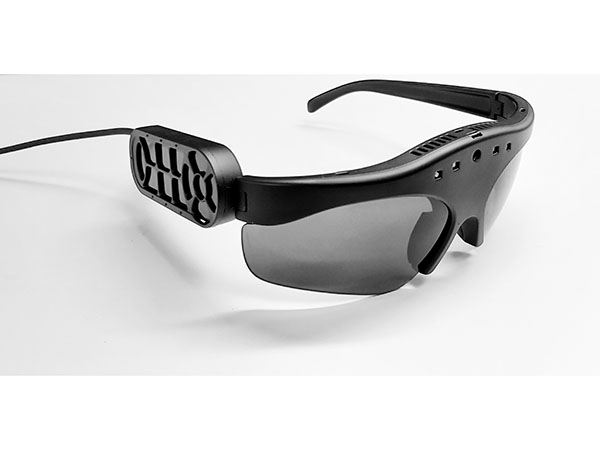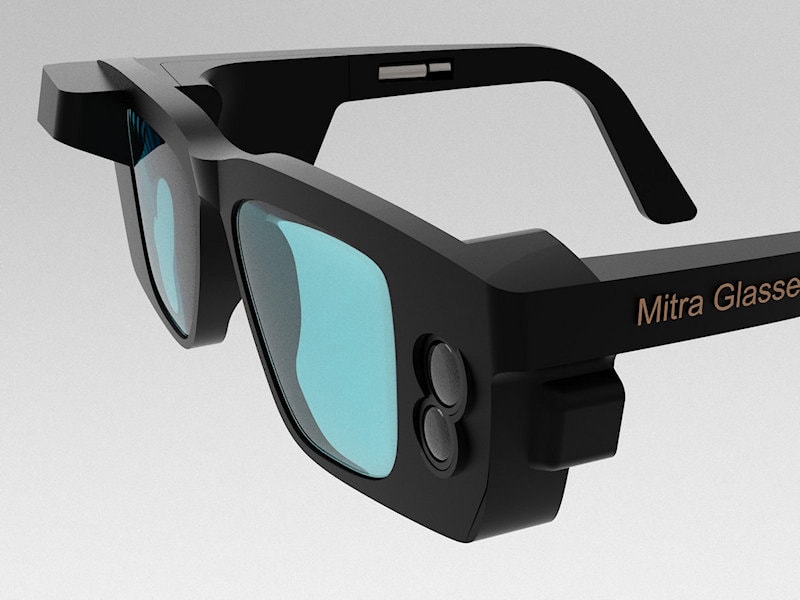OCR Devices for the Blind: Breaking Barriers with Optical Character Recognition
OCR Devices for the Blind: Breaking Barriers with Optical Character Recognition
Blog Article
Empowering Freedom With Assistive Innovation for the Blind
The integration of assistive modern technology for individuals that are visually damaged or blind represents a substantial development in cultivating self-reliance and boosting high quality of life. With an array of devices-- from display readers to cutting-edge responsive devices-- these innovations not just help with navigating and communication however additionally promote social incorporation and participation in different facets of life. As we discover the diverse kinds of assistive tools and their real-world applications, it ends up being clear that the influence is extensive. Yet, the evolution of this technology increases vital concerns about ease of access and future growths that warrant additional evaluation. Assistive technology for the blind.
Understanding Assistive Technology
Although assistive modern technology has evolved dramatically throughout the years, its basic function continues to be the same: to improve the lifestyle for people with disabilities, especially those who are visually damaged or blind. This innovation includes a broad series of tools and gadgets that promote freedom and functionality in everyday activities.
Assistive technology can be categorized into modern and low-tech remedies, each made to satisfy details requirements. State-of-the-art gadgets often include software application applications, specialized hardware, and adaptive devices that utilize innovative innovation to offer support in numerous contexts. Alternatively, low-tech options might involve day-to-day things that are changed to improve access, such as magnifiers or responsive pens.
The assimilation of assistive technology right into the lives of individuals who are blind or aesthetically hindered not just advertises autonomy yet additionally fosters social inclusion and participation in educational and professional settings. By leveraging these technologies, individuals can navigate their surroundings, access info, and interact effectively, thus boosting their general high quality of life. Understanding assistive modern technology is vital for advocates, caretakers, and experts that aim to sustain people in optimizing their potential and achieving better self-reliance.
Sorts Of Assistive Gadgets
Assistive tools for the visually impaired and blind are crucial devices that improve daily obeying dealing with details challenges encountered by customers. These devices can be generally classified right into 3 major types: optical devices, electronic gadgets, and sensory tools.

Sensory gadgets, such as Braille screens and responsive maps, provide alternative ways to receive information. Braille displays convert digital message right into Braille, enabling customers to go through touch. Responsive maps supply spatial understanding via elevated lines and appearances, permitting for far better ecological understanding.
Together, these assistive devices empower people with aesthetic disabilities to engage more totally with their environments, advertising higher self-reliance and self-confidence in everyday activities.

Influence on Day-to-day Live
The combination of assistive innovation into the day-to-day lives of people who are blind or aesthetically damaged dramatically boosts their capability to engage and navigate with the globe around them. Tools such as screen viewers, Braille shows, and mobile applications facilitate accessibility to info, permitting individuals to engage with digital web content, interact effectively, and handle daily jobs independently.
In addition, innovations like clever glasses and navigation applications offer real-time assistance in unknown environments, enhancing mobility and confidence. These devices allow customers to identify challenges, read indications, and also recognize faces, therefore cultivating a sense of freedom in public spaces. In web addition, home automation systems, which can be managed via voice commands, allow people to handle their living environments better, improving convenience and safety.
The effect of assistive modern technology extends beyond useful tasks; it advertises social inclusion and psychological wellness. By connecting the void in between individuals and their surroundings, these technologies equip individuals to get involved fully in neighborhood activities, seek academic opportunities, and involve in purposeful connections. Inevitably, the advancement of assistive innovation contributes in redefining the opportunities for people that are blind or visually impaired, bring about a much more inclusive and easily accessible culture.
Success Stories and Testimonials

Another powerful endorsement originates from Mark, a current college grad who used screen reading software program throughout his scholastic journey. This technology allowed him to access course materials and take part in conversations, ultimately causing his effective transition right into the labor force. Mark credit scores assistive innovation for empowering him to attain his profession objectives, highlighting its role in leveling the having fun field for people with aesthetic impairments.
In addition, neighborhood centers have actually reported raised involvement in their programs thanks to the introduction of obtainable digital systems. These systems have actually made it much easier for individuals to connect, share resources, and support each other. These success stories jointly highlight the extensive effect of assistive innovation in cultivating self-reliance, enhancing quality of life, and damaging down barriers for the visually impaired and blind area.
Future Trends in Assistive Technology
Arising technologies are positioned to revolutionize the landscape of assistive tech for people who are blind or visually damaged. Advancements in expert system (AI) and maker discovering are enhancing the capabilities of gadgets, making it possible for more intuitive individual experiences. As an example, AI-driven applications are increasingly able to acknowledge items and review message out loud in real-time, providing users with important info regarding their environments.
In addition, developments in wearable innovation are producing new possibilities for freedom. Smart Read Full Report glasses outfitted with enhanced reality features can overlay essential details onto the individual's field of vision, helping with navigation and communication with the setting. Additionally, the integration of Internet of Things (IoT) tools is improving accessibility in smart homes, allowing individuals to control devices and get alerts with voice commands or tactile user interfaces.
The development of braille displays and tactile feedback systems is additionally rising, advertising accessibility to digital content and enhancing communication. As these innovations remain to develop, they assure to enhance everyday living, instructional opportunities, and employment potential customers for people with visual disabilities. Constant cooperation in between technologists, individuals, and campaigning for teams will be important in making sure these innovations meet the requirements of the neighborhood efficiently.
Verdict
In conclusion, assistive technology plays a critical function in boosting the freedom of people who are blind or aesthetically damaged. By giving essential tools and resources, these innovations help with enhanced navigation, gain access to, and communication to details, therefore cultivating freedom and positive self-image. The transformative influence of assistive tools not just advertises efficient communication with the setting yet additionally motivates social addition and participation in various aspects of life, ultimately empowering customers to flourish within their neighborhoods.
The assimilation of assistive innovation for people who are aesthetically impaired or blind represents a significant advancement in cultivating freedom and boosting quality of life.The assimilation of assistive innovation right into the lives of people who are blind or visually impaired not only advertises autonomy yet also promotes social addition and involvement in expert and instructional atmospheres. Inevitably, the innovation of assistive modern technology is instrumental in redefining the opportunities for people who are visually impaired or blind, leading to an extra available and inclusive culture.
Numerous people who are visually damaged or blind have shared inspiring success tales that highlight the transformative effect of assistive technology on their lives.In final thought, assistive technology plays an essential duty in improving the freedom of individuals who are visually damaged or blind.
Report this page